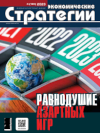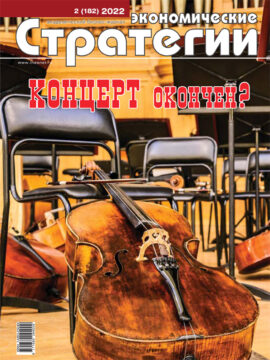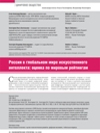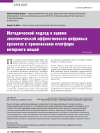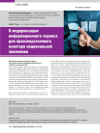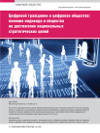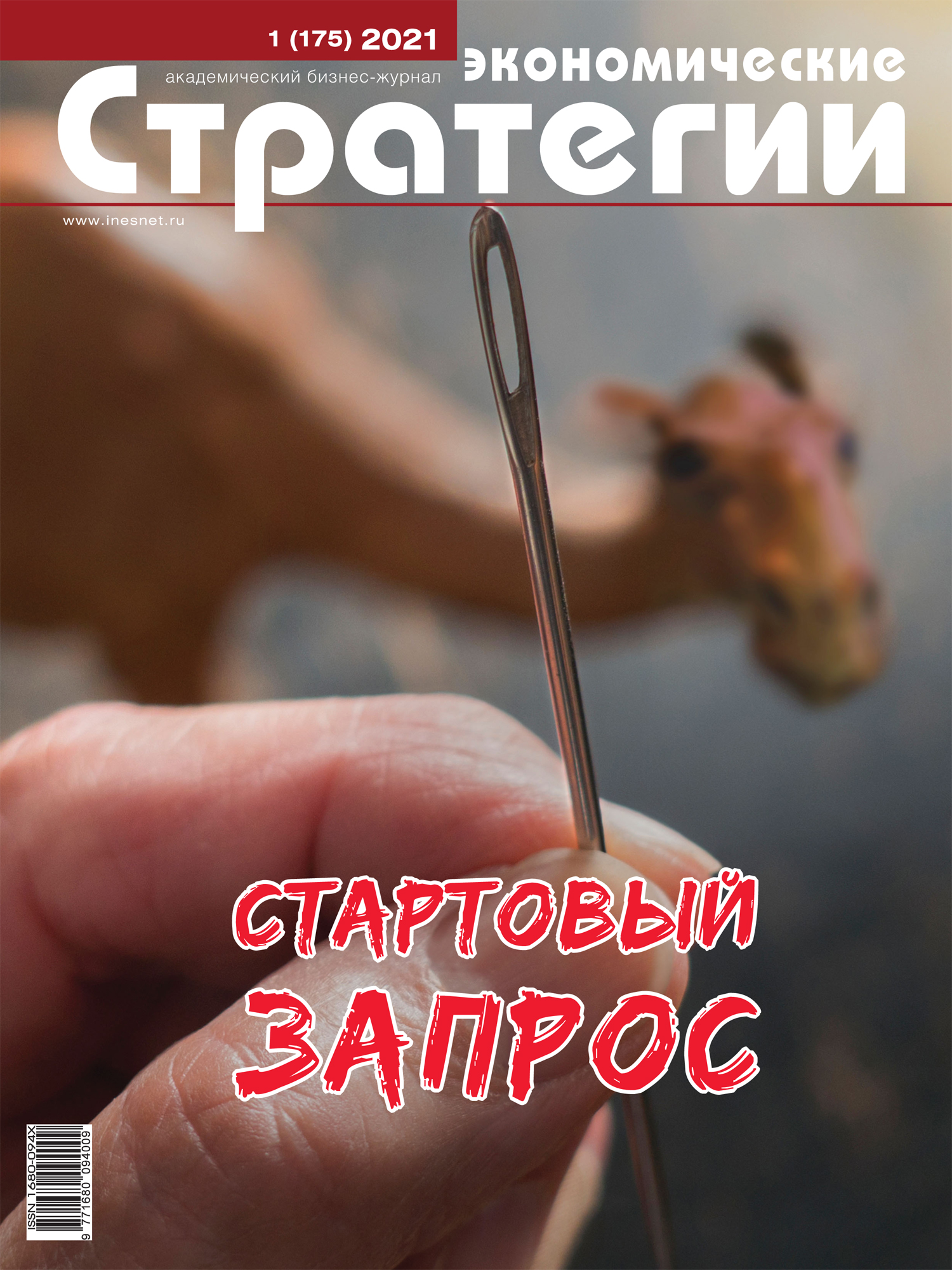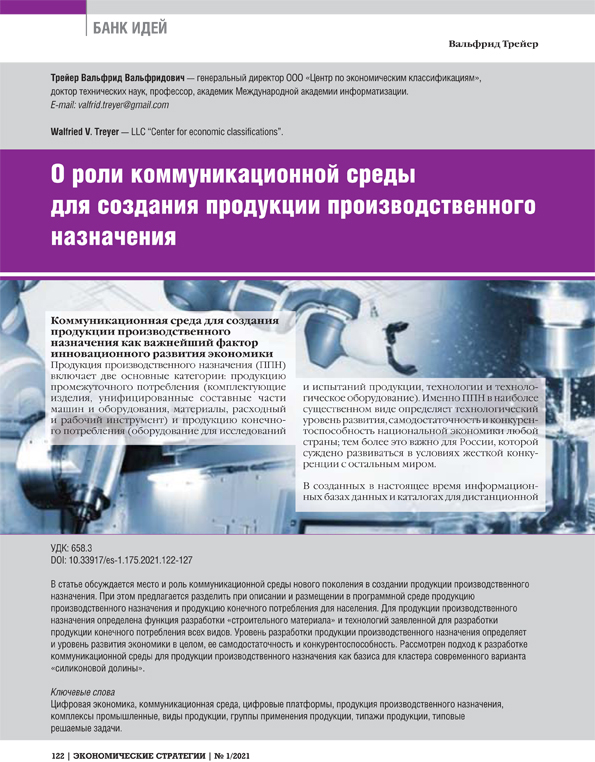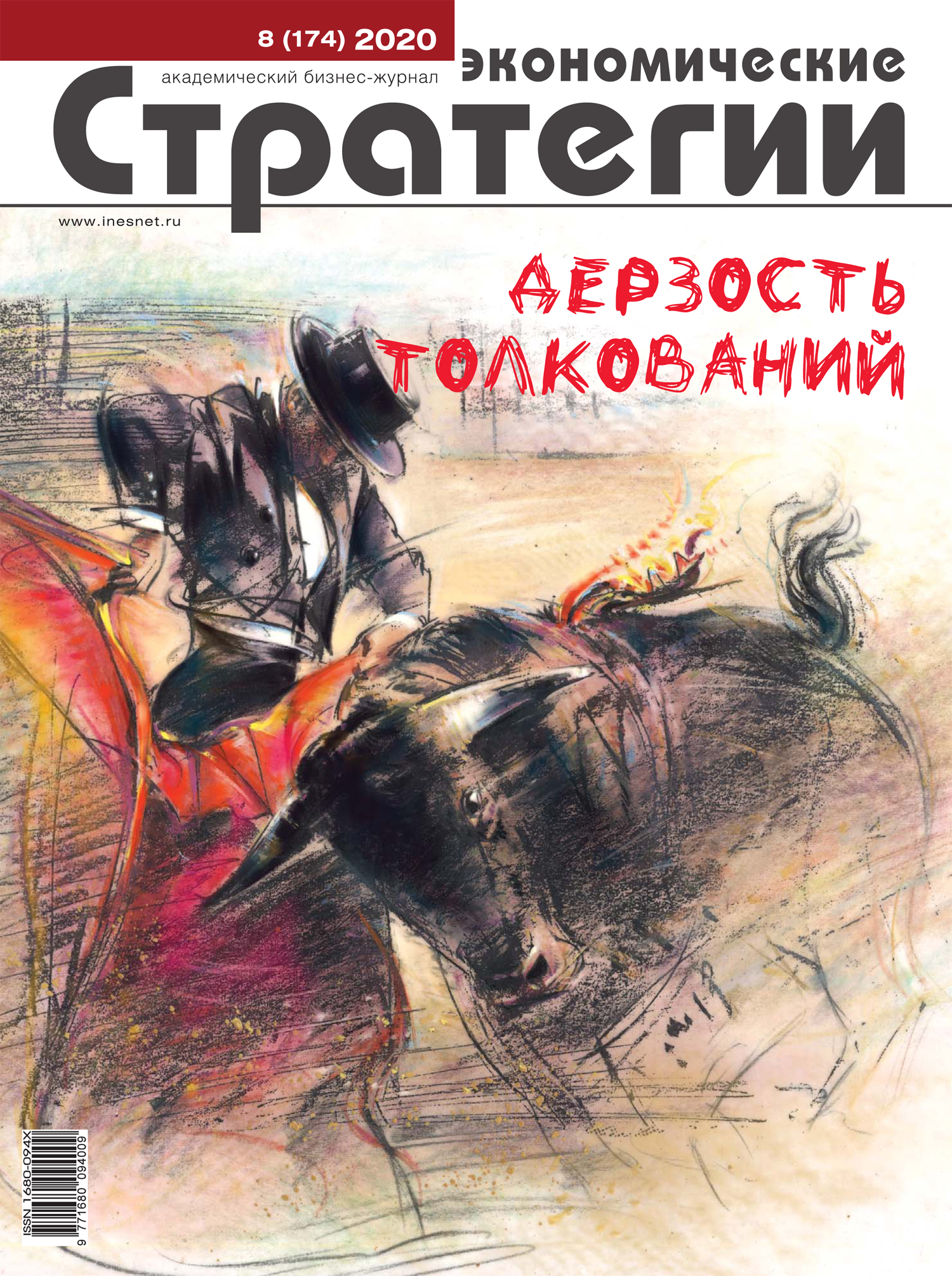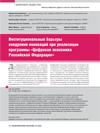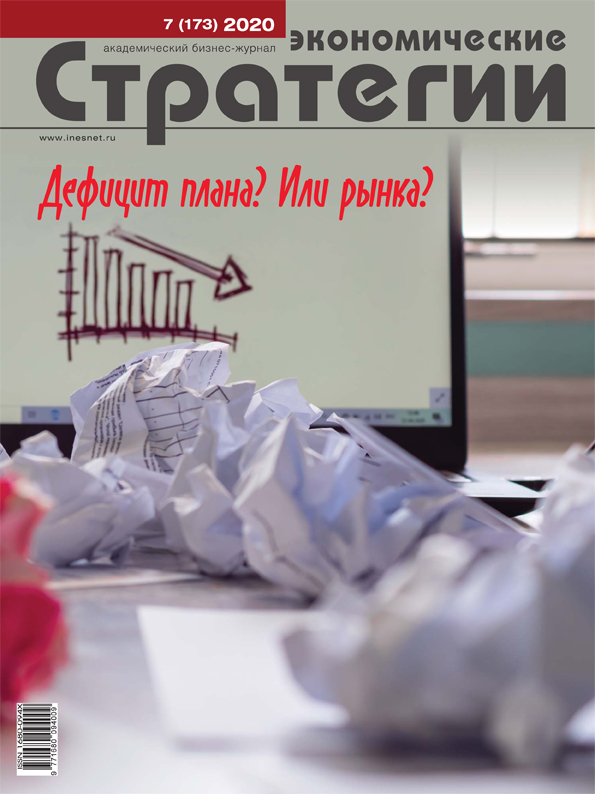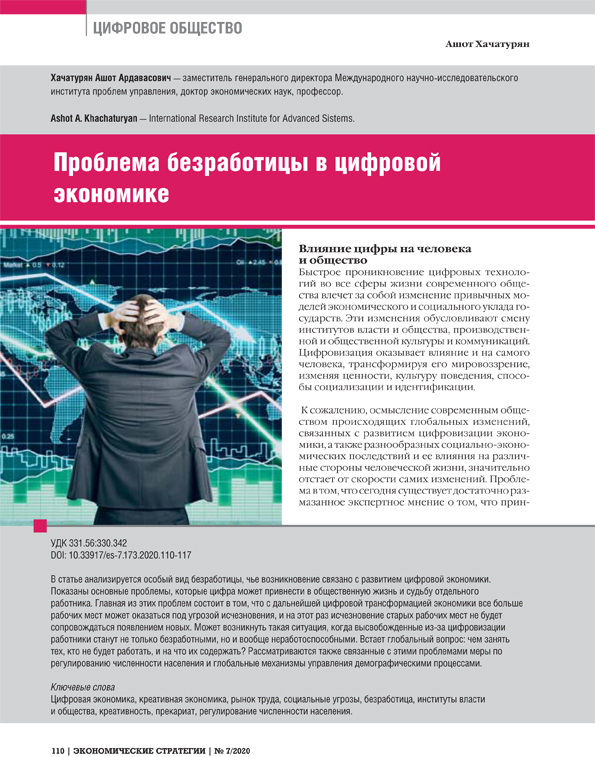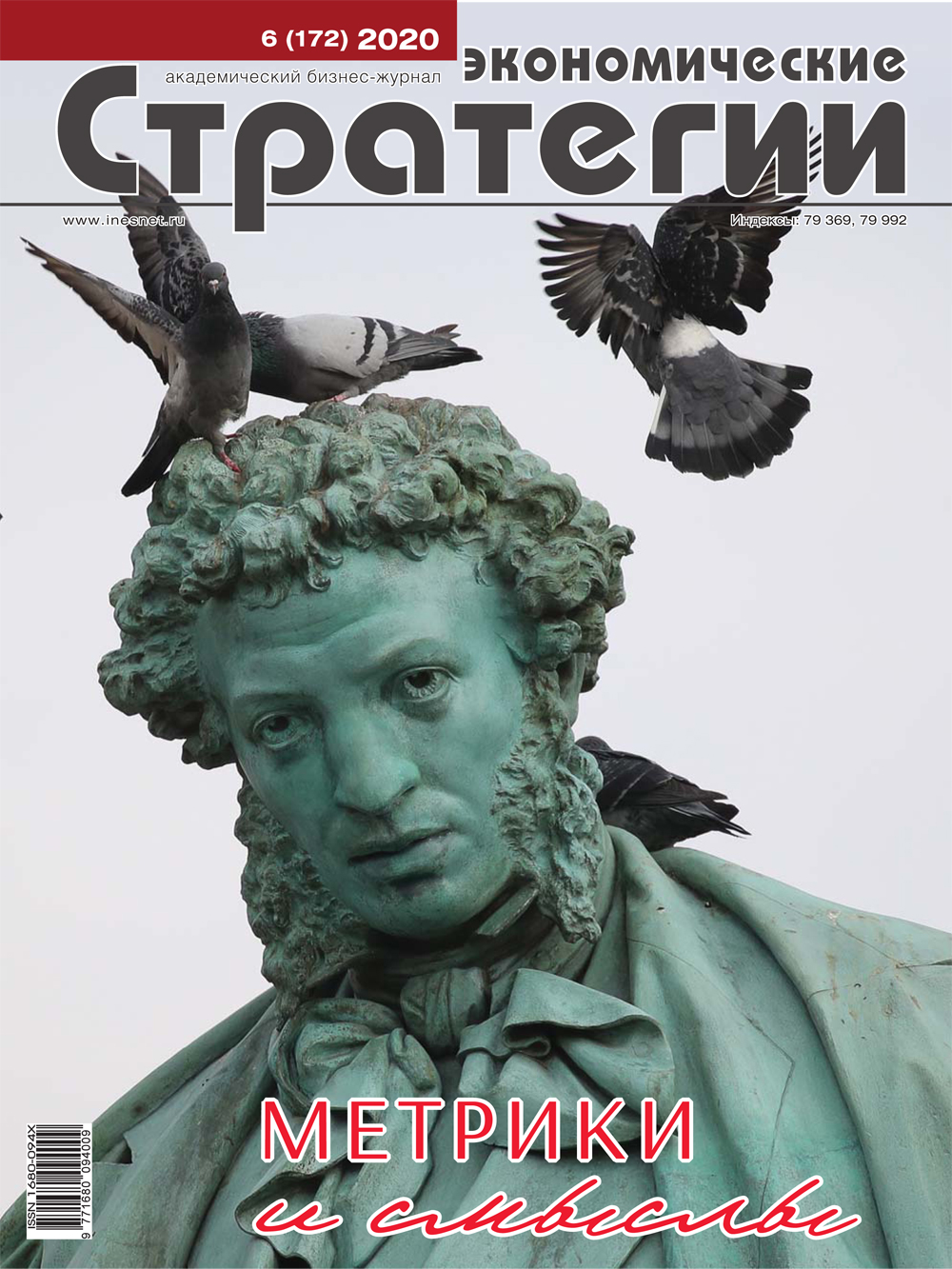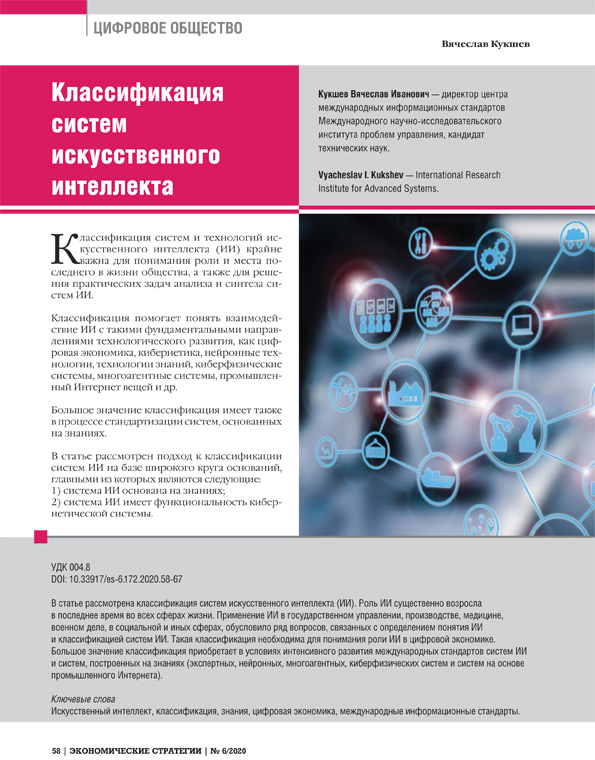DOI: https://doi.org/10.33917/es-2.182.2022.20-31
Artificial intelligence systems (AI) are rapidly becoming a competitive tool, an important factor in improving the efficiency of socioeconomic reproduction, and even an attribute of the development of human civilization, the core of global and national development projects. Comparative assessments of the degree of development of AIS have also become a tool for influencing the economic strategies of states and companies and supporting their implementation. Determining a country’s place in the global “table of ranks” makes it possible not only to clarify its real status in global competition in AIS but also to identify unaccounted for elements to increase the effectiveness of government initiatives in the field of AIS development
Источники:
1. Glava VEF zayavil, chto kovid sleduet rassmatrivat’ kak dolgosrochnyi vyzov dlya chelovechestva [The Head of the WEF Said That Covid Should be Seen as a Long-Term Challenge for Humanity]. TASS, available at: https://tass.ru/obschestvo/13273357.
2. Krichevskii G.E. NBIKS-tekhnologii dlya Mira i Voiny [NBICS Technologies for Peace and War]. Saarbryukken, Germaniya, Lambert, 2017, 634 p.
3. Ovchinnikov V.V. Doroga v mir iskusstvennogo intellekta [Road to the World of Artificial Intelligence]. Moscow, Institut ekonomicheskikh strategii, RUBIN, 2017, 536 p. (Ceriya: Strategicheskaya analitika)
4. Gonka za tsifrovym prizrakom [Chasing the Digital Ghost]. Kommersant, 2019, June, 24, available at: https://www.kommersant.ru/doc/4003879.
5. Kalyaev I.A. Iskusstvennyi intellekt: kamo gryadeshi? [Artificial Intelligence: Whither Goest Thou?]. Ekonomicheskie strategii, 2019, no 5, pp. 6–15, available at: DOI: https://doi.org/10.33917/es-5.163.2019.6-15.
6. Markoff J. A learning advance in artificial intelligence rivals human abilities. The New York Times, 2015, available at: https://www.nytimes.com/2015/12/11/science/an-advance-in-artificial-intelligence-rivals-human-vision-abilities.html.
7. Ageev A.I., Loginov E.L., Shkuta A.A. Kitai kak neiroinformatsionnaya megamatritsa: tsifrovye tekhnologii strukturirovaniya kognitivnykh ansamblei poryadka [China as a Neural-Information Megamatrix: Digital Technologies for Structuring Cognitive Ensembles of Order]. Ekonomicheskie strategii, 2021, no 1, pp. 50–61, available at: DOI: https://doi.org/10.33917/es-1.175.2021.50-61.
8. European approach to artificial intelligence. European Commission, available at: https://digital-strategy.ec.europa.eu/en/policies/european-approach-artificialintelligence.
9. Proposal for a Regulation of the European parliament and of the Council laying down harmonised rules on artificial intelligence (artificial intelligence act) and amending certain union legislative acts. EUR-lex, available at: https://eur-lex.europa.eu/legal-content/EN/TXT/?qid=1623335154975&uri=CELEX%3A52021PC0206.
10. Artificial Intelligence: A European Perspective. European Commission. URL: https://publications.jrc.ec.europa.eu/repository/handle/JRC113826.




